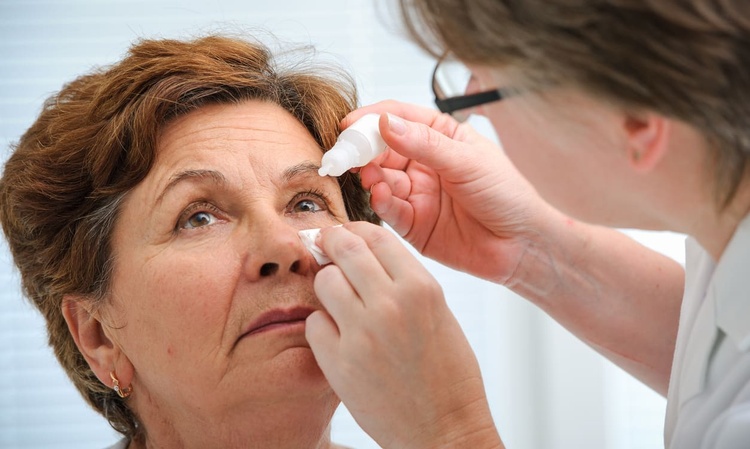Understanding Prostatitis Treatment Options
Prostatitis, an inflammation of the prostate gland, affects many men worldwide and can significantly impact quality of life. This condition, which ranges from acute to chronic forms, requires appropriate medical intervention for effective management. Treatment approaches for prostatitis vary depending on the specific type and underlying cause, often involving a combination of medications, lifestyle changes, and in some cases, more invasive procedures.

How is prostatitis diagnosed by medical professionals?
Diagnosing prostatitis involves a comprehensive approach by healthcare providers. Initially, doctors will take a detailed medical history and perform a physical examination, including a digital rectal exam to assess the prostate gland. Laboratory tests are crucial in the diagnostic process, including urinalysis and urine cultures to detect bacterial infections. Blood tests may be conducted to check for prostate-specific antigen (PSA) levels and other markers of inflammation. In some cases, imaging studies such as ultrasound or MRI might be necessary to rule out other conditions or complications. For chronic prostatitis, doctors may also use symptom questionnaires to assess the severity and impact of the condition on the patient’s quality of life.
What are the primary treatment options for prostatitis?
Treatment for prostatitis varies depending on the type and severity of the condition. For bacterial prostatitis, antibiotics are the primary treatment, with the duration ranging from a few weeks for acute cases to several months for chronic infections. Alpha-blockers may be prescribed to relax the muscles around the prostate and bladder neck, improving urine flow. Pain management is often a key component of treatment, especially for CP/CPPS, and may include nonsteroidal anti-inflammatory drugs (NSAIDs) or other pain relievers. In some cases, 5-alpha reductase inhibitors might be used to reduce prostate inflammation. Non-pharmacological approaches such as pelvic floor physical therapy, stress reduction techniques, and dietary modifications can also play a significant role in managing symptoms and improving overall prostate health.
Are there any alternative or complementary treatments for prostatitis?
While conventional medical treatments form the backbone of prostatitis management, some patients explore complementary approaches to alleviate symptoms. These may include acupuncture, which some studies suggest can help reduce pain associated with chronic prostatitis. Herbal supplements like saw palmetto or quercetin have been investigated for their potential anti-inflammatory properties, though their efficacy remains a subject of ongoing research. Lifestyle modifications such as regular exercise, stress reduction techniques like meditation, and dietary changes to reduce inflammatory foods may also contribute to symptom relief. It’s important to note that while some patients report benefits from these alternative approaches, they should be used in conjunction with, not as a replacement for, conventional medical treatments under the guidance of a healthcare professional.
How can lifestyle changes support prostatitis treatment?
Lifestyle modifications can play a crucial role in managing prostatitis symptoms and supporting overall prostate health. Regular exercise, particularly activities that don’t strain the pelvic area, can help improve blood flow and reduce inflammation. Maintaining a healthy diet rich in fruits, vegetables, and whole grains while limiting caffeine, alcohol, and spicy foods may help some patients manage symptoms. Stress reduction techniques such as yoga, meditation, or deep breathing exercises can be beneficial, as stress is known to exacerbate prostatitis symptoms. Proper hydration is important to maintain urinary health, but patients should avoid consuming large amounts of fluid before bedtime to minimize nighttime urination. Additionally, using a cushion or donut-shaped pillow when sitting for long periods can help alleviate pressure on the prostate and reduce discomfort.
What is the typical treatment duration and follow-up care for prostatitis?
The duration of prostatitis treatment can vary significantly depending on the type and severity of the condition. Acute bacterial prostatitis may resolve with a 2-4 week course of antibiotics, while chronic forms of prostatitis often require longer-term management. For chronic bacterial prostatitis, antibiotic treatment may last 4-12 weeks or longer. Chronic prostatitis/chronic pelvic pain syndrome (CP/CPPS) often requires ongoing management with a combination of treatments tailored to the individual’s symptoms. Follow-up care is crucial for all forms of prostatitis. Patients typically have regular check-ups with their healthcare provider to monitor symptom improvement, adjust treatments as necessary, and ensure that the condition is not progressing or causing complications. In some cases, patients may need to work with a multidisciplinary team, including urologists, pain specialists, and physical therapists, to achieve optimal symptom control and improve quality of life.
Prostatitis treatment is a complex and often individualized process that requires patience and collaboration between patients and healthcare providers. While some cases resolve quickly with appropriate treatment, others may require long-term management strategies. Understanding the various treatment options and actively participating in one’s care plan can significantly improve outcomes and quality of life for those affected by this condition.
This article is for informational purposes only and should not be considered medical advice. Please consult a qualified healthcare professional for personalized guidance and treatment.






